Researchers looking to study drinking behavior in rats are faced with the challenge of finding an accurate measure of fluid ingestion. Generally, one will manually measure the volume after a given period at the cost of losing important temporal drinking data. This can be partially solved by using a lickometer – a device that measures the physical act of licking. Unfortunately, commercial lickometers are prohibitively expensive, and require additional proprietary hardware and software to operate. Additionally, licks do not accurately correspond to a consistent volume. This hardware provides the same functionality to that of commercially available lickometers with the unique addition of real-time volumetric sensing to correspond to measured licking bouts, thus solving any issues of lickometer inaccuracy. These measures are combined into a specialized 3D printed housing that is specific to the two-bottle choice test of which no similar product is commercially available. A similar open source two-bottle choice test by Meaghan Creed is described here: https://hackaday.io/project/160388-automated-mouse-homecage-two-bottle-choice-test-v2.
Traditionally, two-bottle choice tests are conducted without any sensors. Each bottle is weighed before and after an animal has been able to drink from them for a given time. Unfortunately, this protocol gives no information on the animal’s drinking microstructure. That is, all information regarding when and how the animal is drinking is lost. This is important information to have when studying drinking behaviors that may change throughout the day. Many researchers have made use of lickometers to measure a rat's drinking microstructure that count the number and duration of drinking events by incorporating a photo-interrupter at the base of the bottle. While this gives the researcher a general idea of the drinking behaviour, it does not perfectly correspond to volume and, as we have found in our own experiments, is subject to being blocked by other parts of the animal such as the tail and legs. By adding a hydrostatic depth sensor, researchers can measure the volumetric changes in each bottle throughout the experiment allowing each bout of drinking to correspond to a specific change in volume.
This hardware could be used to improve the quality of data in the following example experiments:
- Using sucrose solution to measure anhedonia in rat models of depression.
- Using ethanol solutions to determine sensitivity to addiction in rat models of addiction.
- Measuring taste preference using a variety of solutions.
 Jude Frie
Jude Frie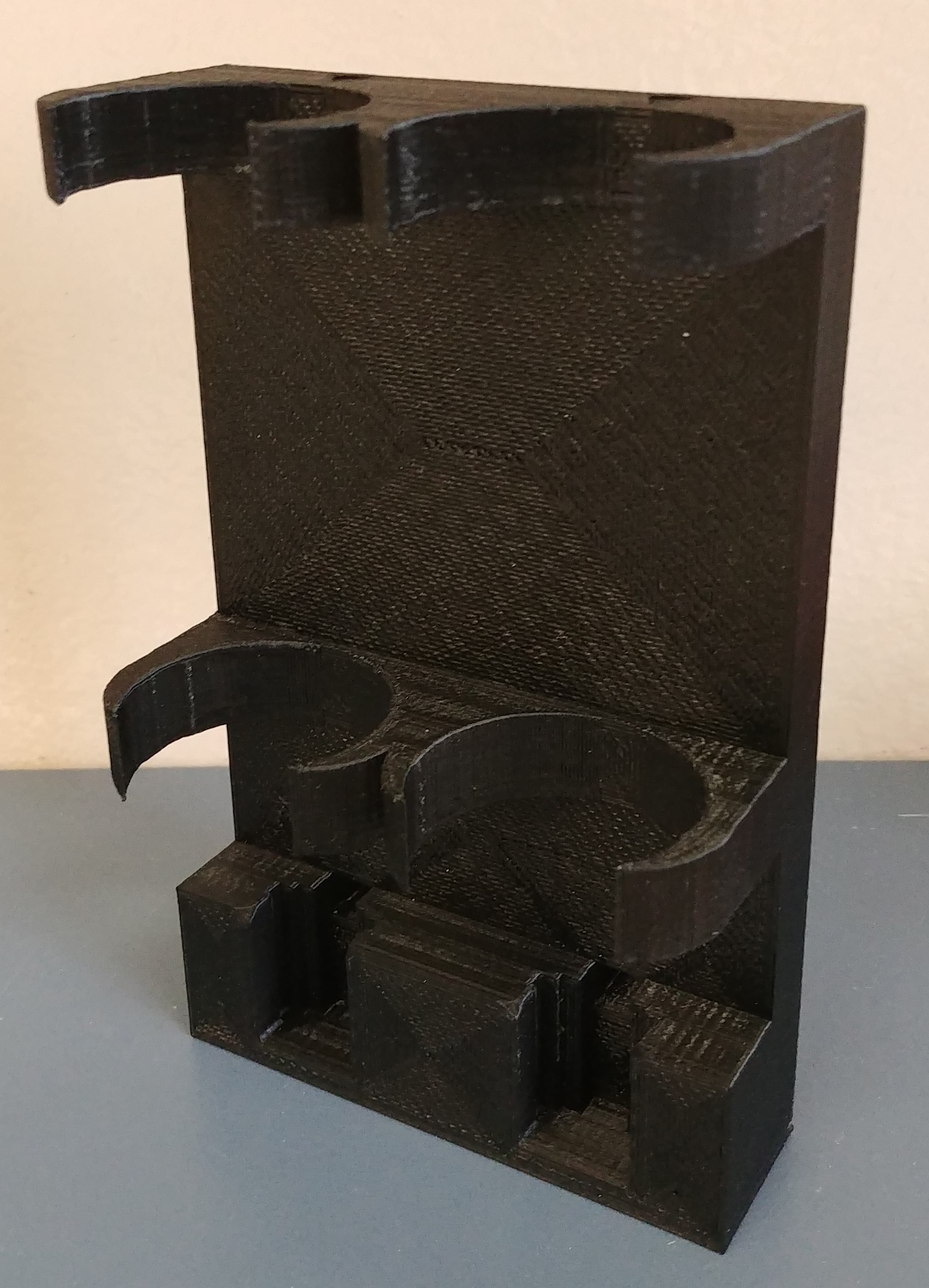
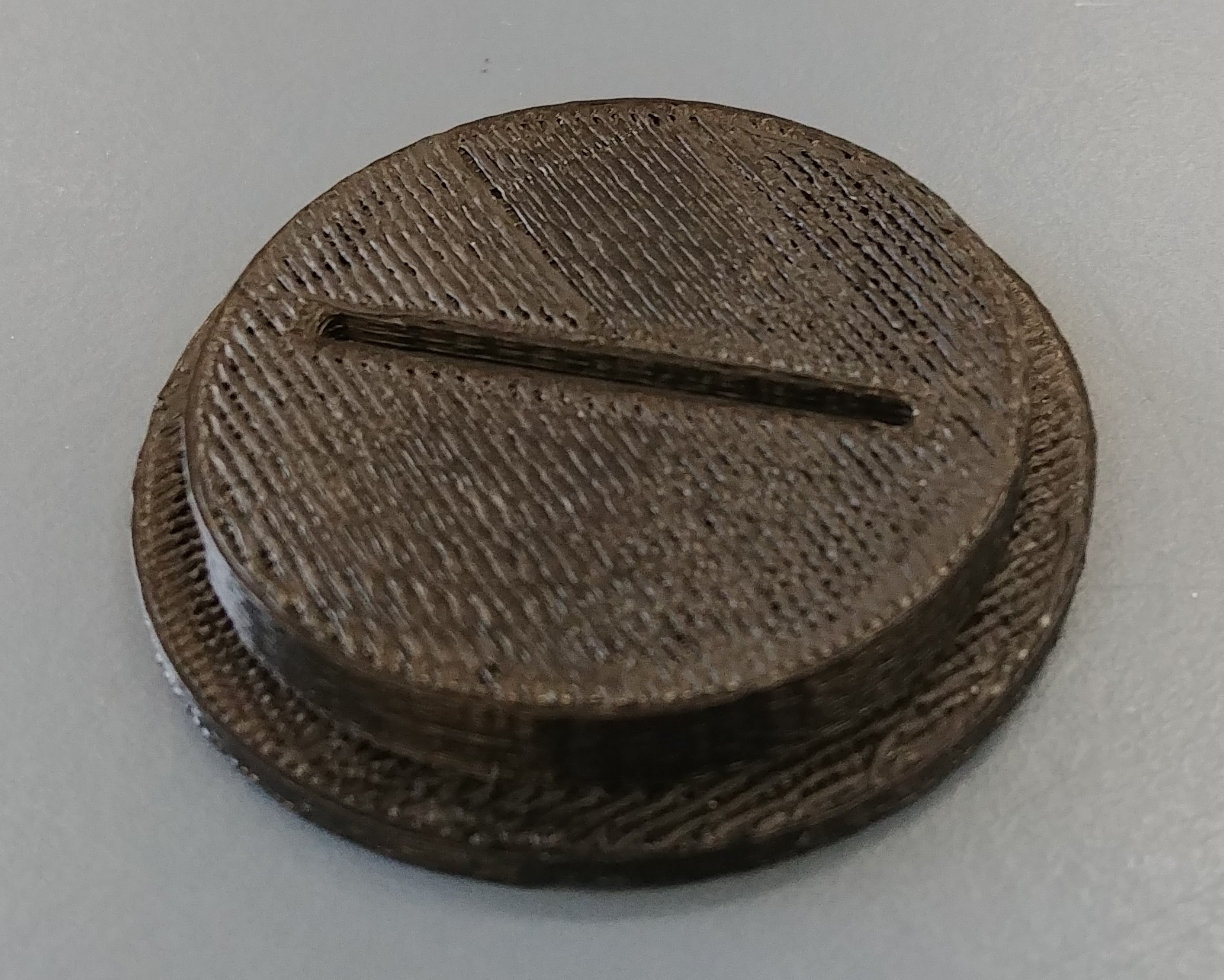
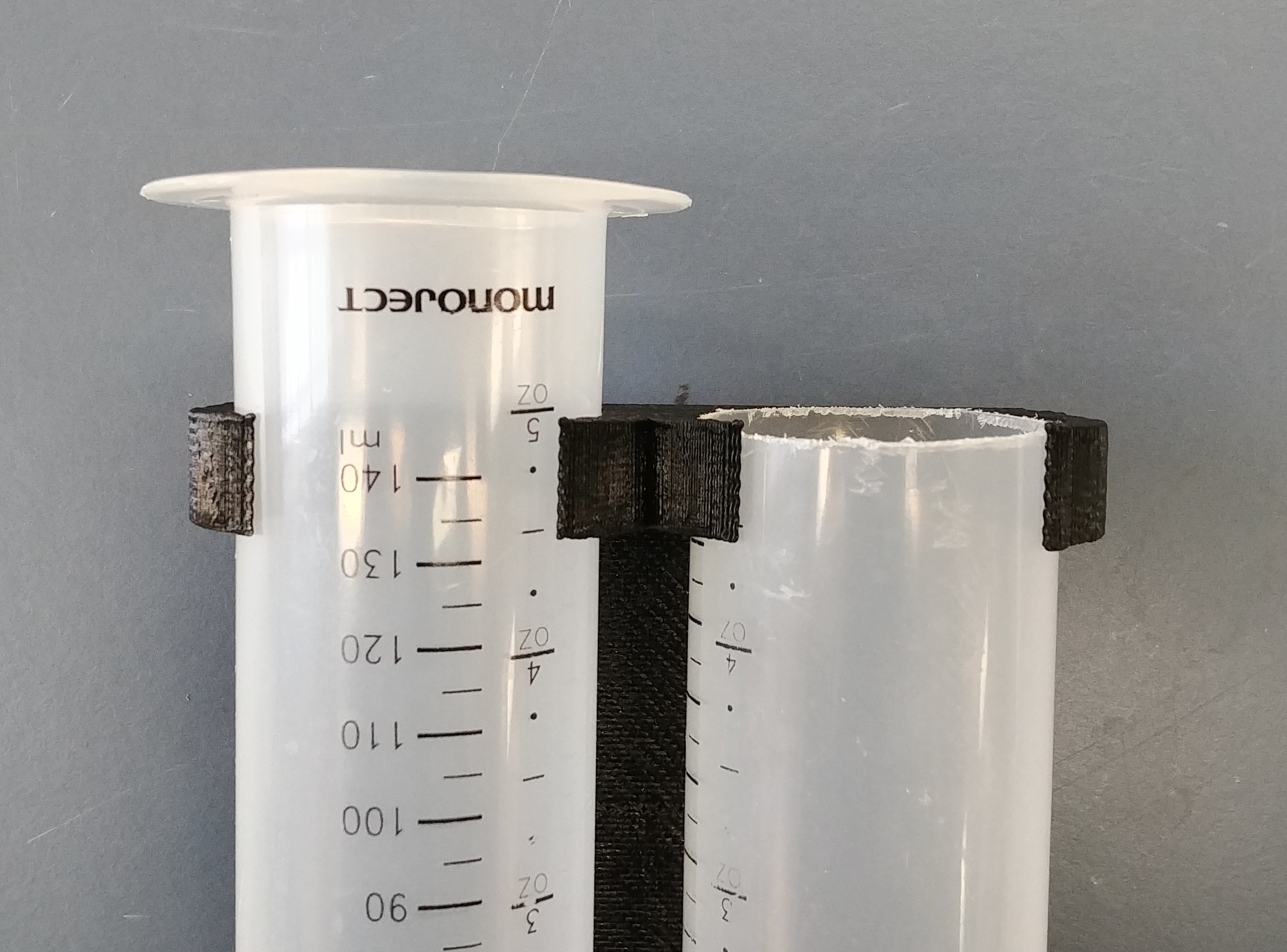
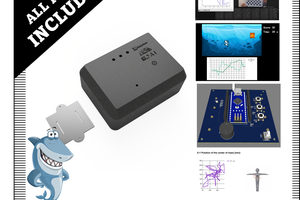
 Ivan Hernandez
Ivan Hernandez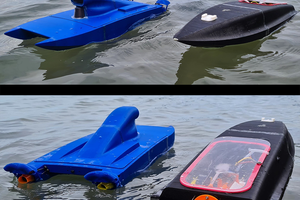
 New Dexterity
New Dexterity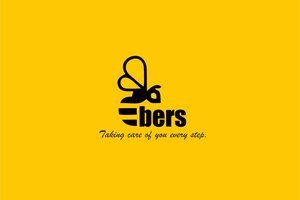
 Facundo Noya
Facundo Noya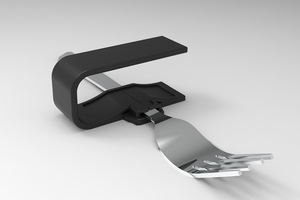
 Bruno
Bruno